What to expect from your first adult dance class
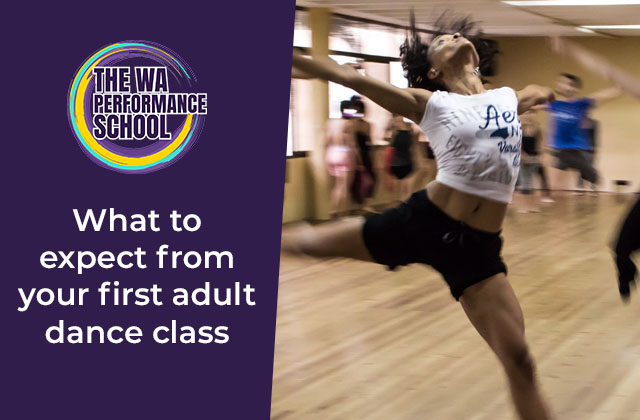
Always had childhood dreams of being a prima ballerina, or one of Beyonce’s backup dancers, but life got in the way? You can start your dance classes whenever you like, even if you’re an adult with little or no experience!
Don’t worry about being the best on your first day – here are our top tips to help inform your expectations when it comes to joining a dance class. Use these to make the most our of your classes and become more proficient a dancer in no time!
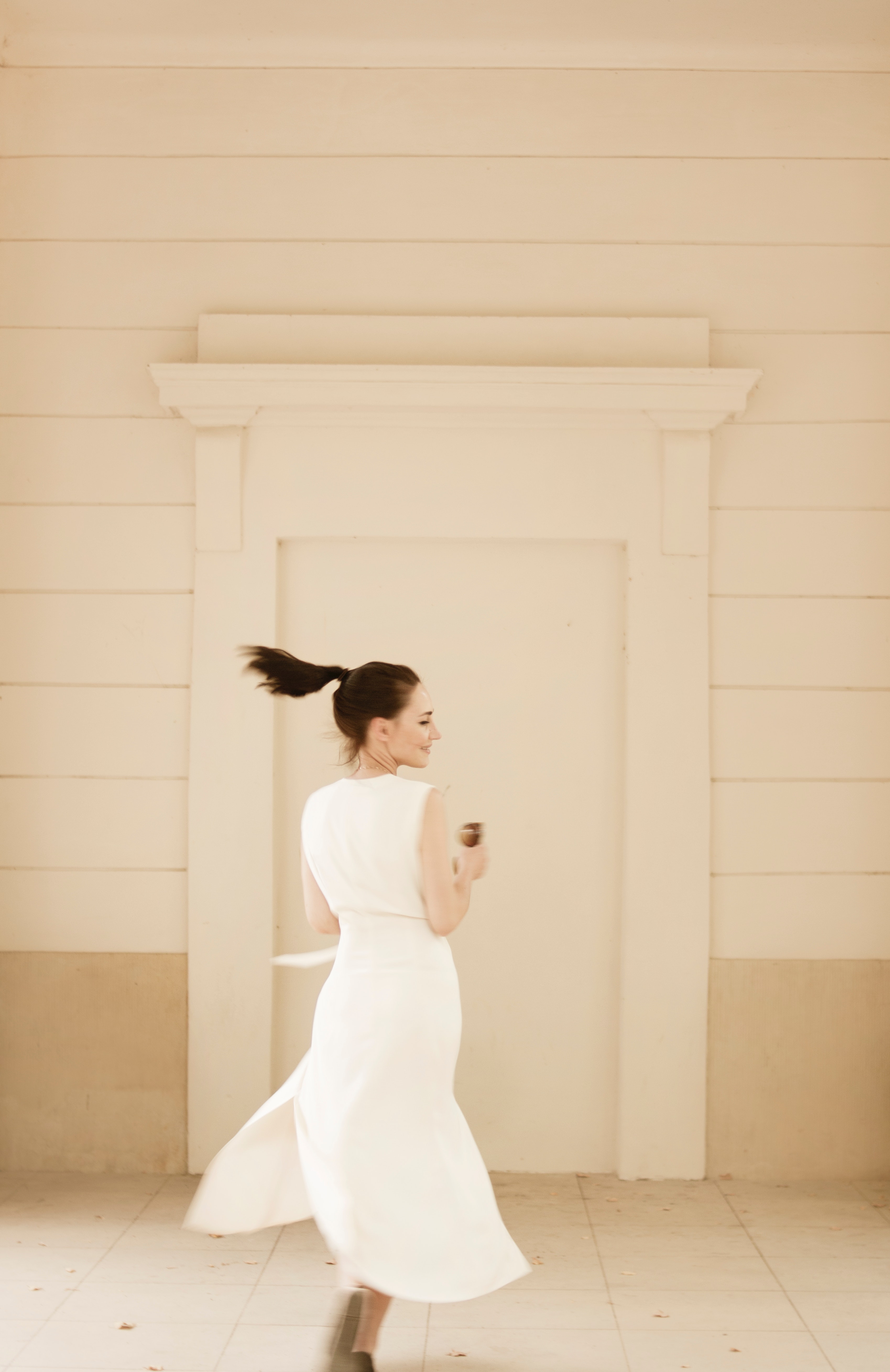
1. Leave feelings of self-consciousness or ego at the door
It can be easy to question yourself, when instead you should be celebrating your wonderful decision to try something new and outside of your comfort zone. Remember that other students are not there to look at or judge their classmates, and nor are your teachers (who have seen it all)! It may feel at times like everyone is looking at you, but remember that everyone is concerned only with their own performance, and often they’re just as nervous or self-conscious as you are. By holding back or giving up, you’re holding yourself back from enjoying and getting the most out of your lesson. It’s really worth taking that deep breath and giving everything in class 100% – think about how proud you’ll be of your results down the track!
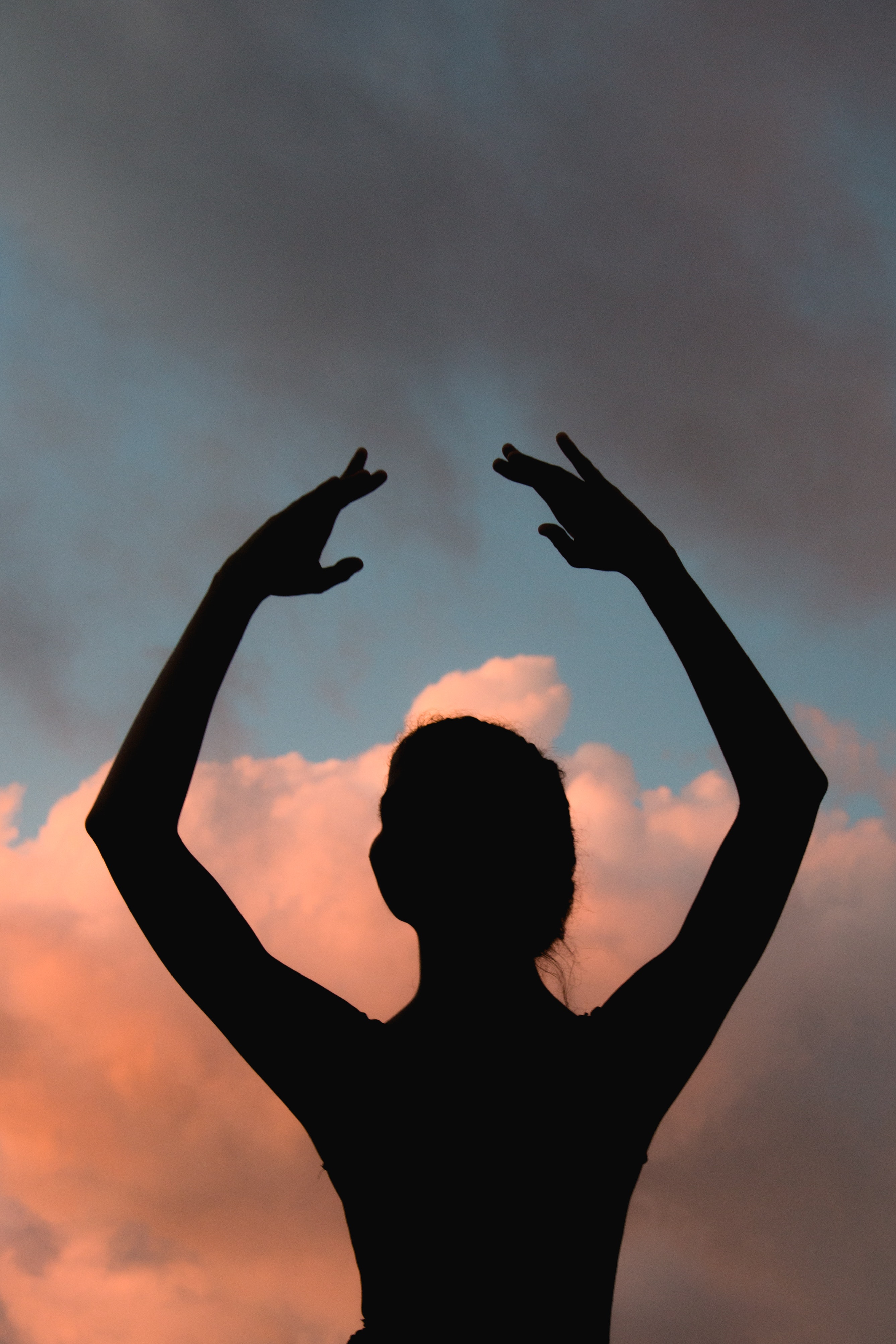
2. Ask questions!
It can be daunting asking a question in class, especially on your first day, but this can make a huge difference to your achievement and enjoyment in a class. Don’t be afraid to ask a teacher questions when you don’t understand something that’s being covered. If you would like the teacher to slow down, or explain something, it’s perfectly acceptable to ask them to do so, in fact teachers love it! We are not mind readers, so often need to turn and ask a class “any questions?” to be sure everyone’s on board. If you ask your question, chances are 5 students also want to know the answer but are too afraid to ask. Even if this isn’t the case, your teacher will be happy to explain, to ensure that the entire class is aware of the answer, which makes an exercise or routine far more cohesive: it really is win win!
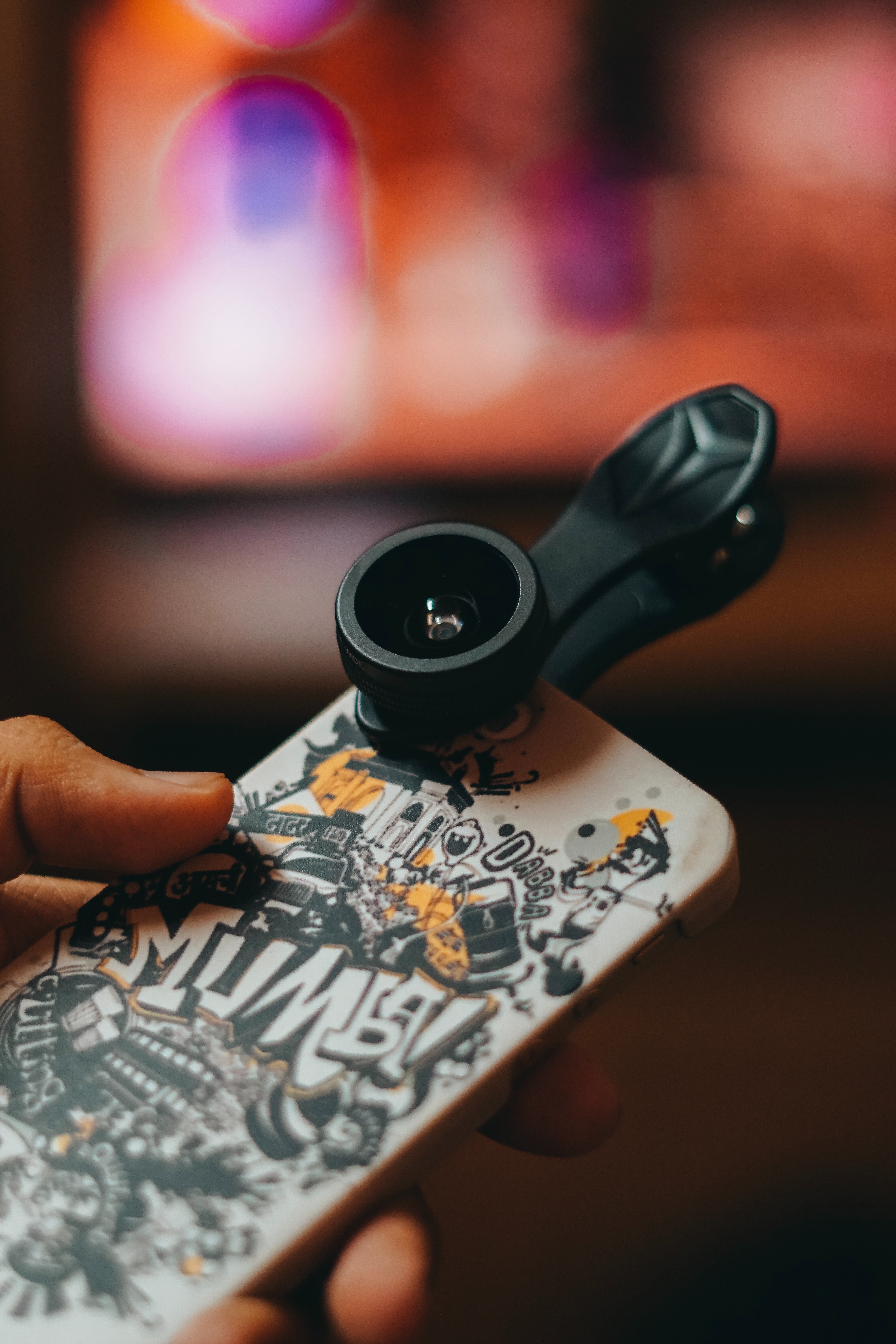
3. Take videos if you are able
Recording video footage of an exercise, a particular technique or combination, or even your class choreography is a great way to help you revise at home. In some studios (like ours), teachers can film videos and upload to an online community, however nothing beats having immediate access to your video as soon as you’ve recorded it. If you’re feeling a little nervous in your first week, a video will allow you to go over your new exercises or routine over and over again at home. This helps build your confidence and your muscle memory, so that you can feel extra prepared and ready for your next lesson. Do not worry if you can’t remember a single step of your dance after class has finished, it’s normal for choreography retention to take time to train, especially if you’re new to dance, or returning after a long break.
Do always check with your teacher first before you film, as different classes may have different policies, particularly if you are capturing other students in your video, or if there are licensing or intellectual property rights involved in your music or choreography. Bonus Tip: Filming from behind the class allows you to see the routine from behind, but also from in front, reflected in the studio mirror!
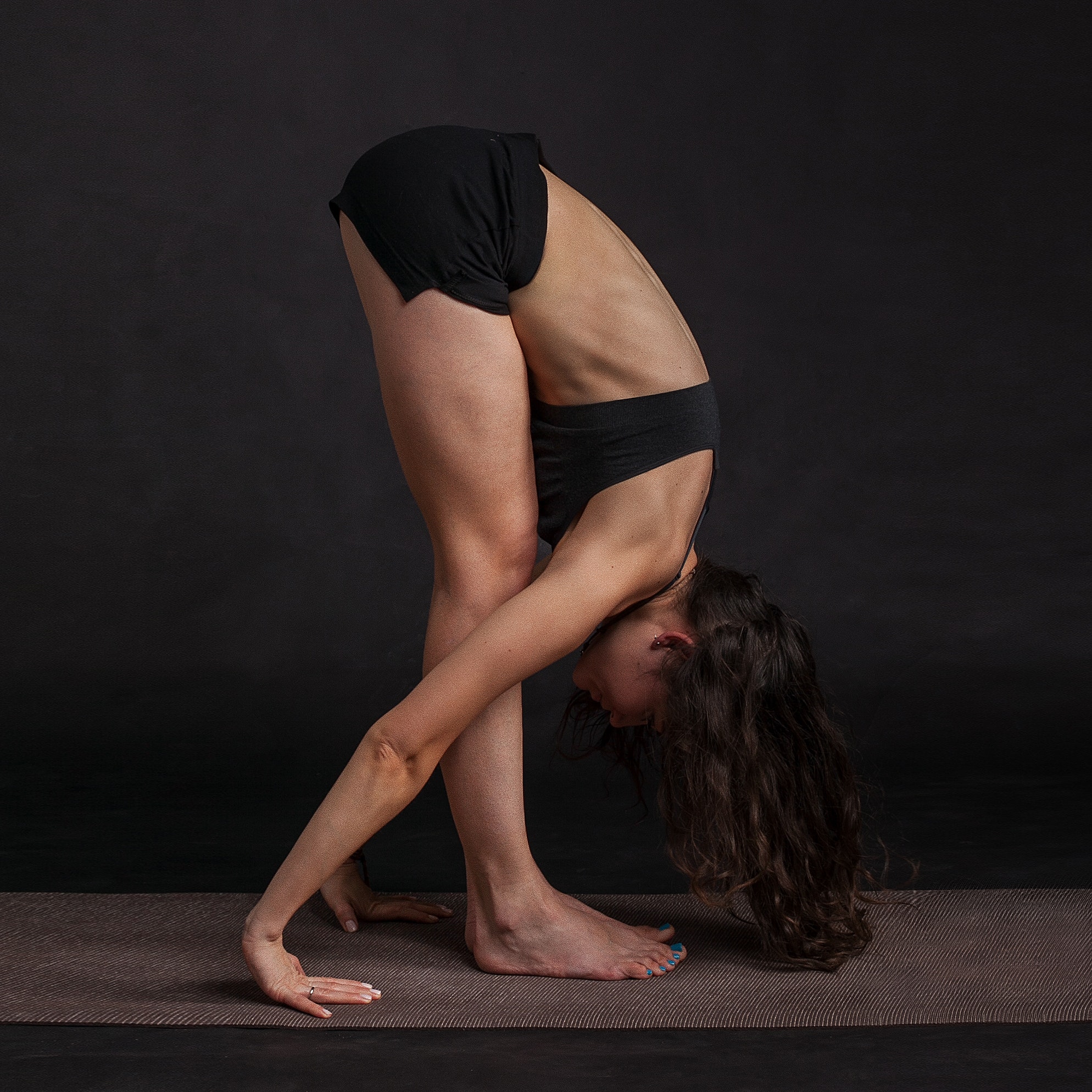
4. Get to Know the Structure
For someone entering a dance studio for the first time as an adult, sometimes the structure of lessons or studio life can be confusing at first. Here are a few tips to help you understand what to expect on the first day:
– Determine whether you’re required to pay in advance or on the day, and prepare accordingly
– Bring along a water bottle (but be aware they may not be allowed onto the dance floor due to specialist floor materials). You can also bring a sweat towel if you like!
– Depending on your class, you may need to bring special dance shoes, or you may be able to dance in regular shoes or bare feet – you can ask the studio in advance
– Get to know your teacher’s name, and introduce yourself if you feel comfortable
– Usually classes will start with a warm-up, don’t be concerned if you end up puffed out, take things at a manageable pace and don’t compare yourself to others
– Often classes will work on technique or “combos” (combinations which allow you to practise new techniques) separately, before working on choreography
– Sometimes class may end with a cool down or stretch. If the class is using tools or materials you’re unfamiliar with, like foam rollers or therabands, don’t be afraid to ask for help. Copying how other students use tools may lead to injuries if you use them incorrectly!
It’s important to take things one day at a time – there are many skills or activities that we accept take time to learn (violin, skydiving, driving, astrophysics, scuba diving…), and dance is definitely one of them. Owning the dance floor at clubs is quite a different environment to a structured dance lesson, so it’s not wise to expect perfection at your first class, or even by the end of your first term. That’s why your instructors trained for so many years to become qualified to teach others!
Chances are, you will not be perfect on your first lesson (or second), but if you follow our advice above, and really make the most out of your classes, you’ll be amazed at your progress over time. Keep an eye on our blog for more tips on how to get the most out of adult dance lessons, coming soon.
As always, if you have requests or suggestions for new content, contact us to get in touch!
























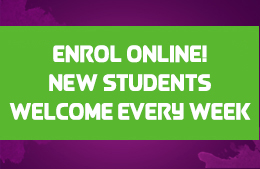
 Studio: 3 Price Street, SUBIACO WA 6008
Studio: 3 Price Street, SUBIACO WA 6008


